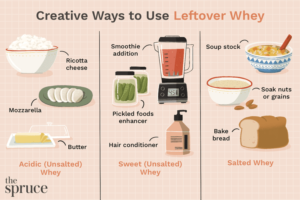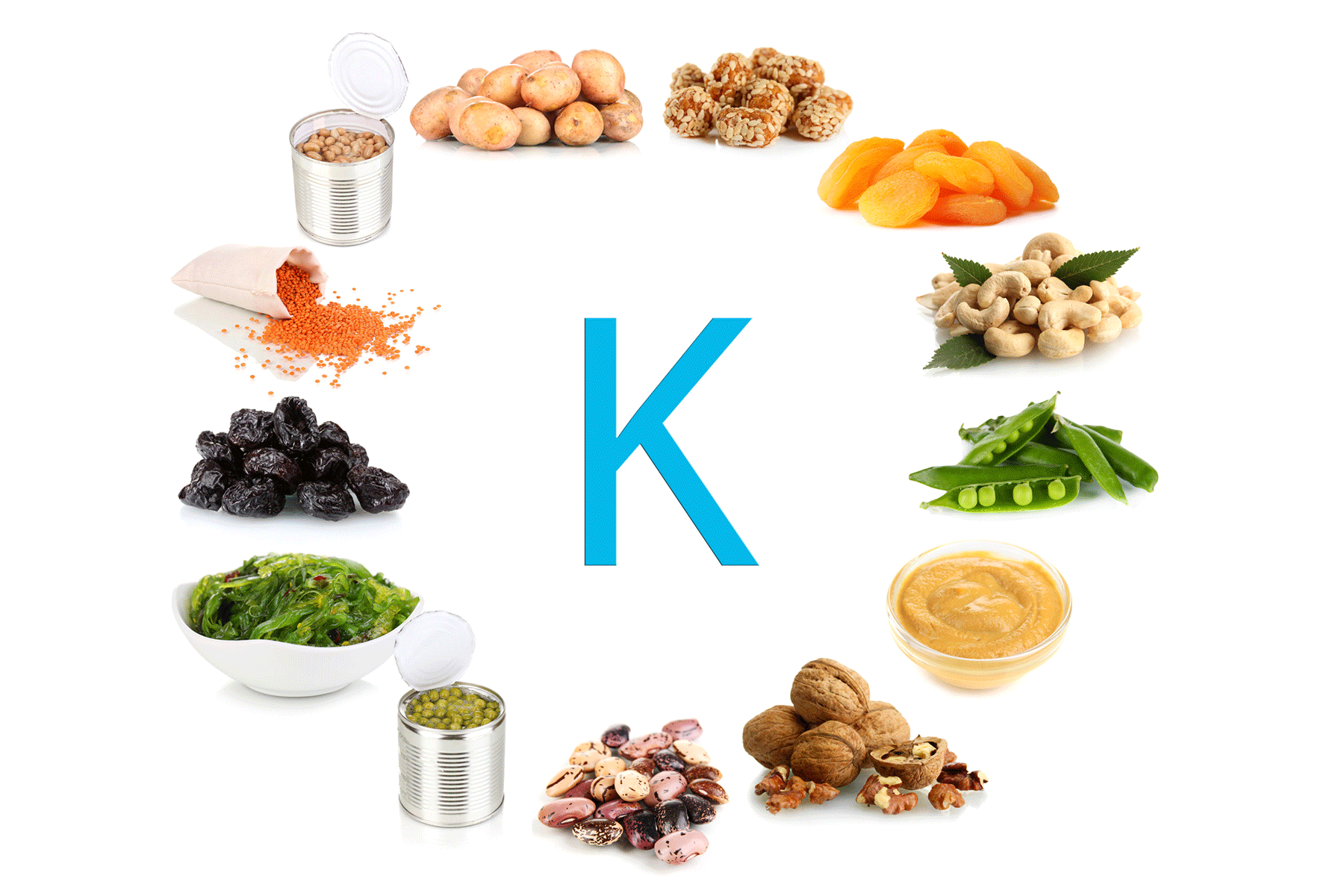When it comes to dairy products, most people know about milk, cheese, and yoghurt. However, one often overlooked by-product of the cheese-making process is whey. Even those familiar with how cheese is made might not fully appreciate the versatility and numerous benefits that whey offers. Whether you’re a home cook, athlete, or someone eager to enhance your culinary skills, understanding whey can unlock a world of possibilities.
What is Whey?
Whey is one of the two main proteins in milk, alongside casein. If you’ve ever opened a container of yoghurt, you may have noticed the liquid whey floating on top. While many discard this liquid, it serves as a valuable by-product packed with culinary uses and health benefits.
How is Whey Made?
Cheese-makers create whey by curdling pasteurized milk using specific enzymes. This process separates the liquid and solid portions. Manufacturers use the solid portion, primarily casein, to make cheese, while they designate the liquid portion as whey. They then purify whey to eliminate fats, carbohydrates, water, and minerals, resulting in high-quality whey protein rich in essential amino acids like leucine and cysteine. After purification, whey often gets dried into a powder and flavoured for convenient use in protein bars, meal replacements, and shakes.
The Taste of Whey
Whey by itself does not have an appealing flavour, which is why commercial products usually flavor it. Fresh, unflavored whey has a slightly sour taste, similar to plain yoghurt, and a creamy texture despite containing no cream.
Culinary Uses of Whey

Whey shines as a culinary ingredient with diverse applications, from baking to smoothies. Sweet whey emerges during the production of hard cheeses, such as cheddar or Swiss. You can purchase commercially powdered sweet whey to boost protein in smoothies, blended drinks, pancakes, energy bars, soups, and stews. Additionally, you can create ricotta cheese using leftover sweet whey, a staple in many Italian dishes, including lasagna.
Allowing sweet whey to cool for a few hours causes the cream to rise to the top, which you can then scoop off to make butter. Strained sweet whey, when diluted with water, can help combat powdery mildew when sprayed on plants. It can also acidify soil for plants like tomatoes or even turn hydrangeas blue.
Acidic whey, derived from products like goat cheese, yoghurt, sour cream, and labneh, is equally useful. You can use it in smoothies or drinks as a replacement for milk or juice, providing a tangy flavour. A dash of acidic whey can even create a refreshing homemade soda when mixed with soda water and simple syrup.
Since acidic whey contains beneficial bacteria, adding a tablespoon or two to a new fermentation project can expedite the process for vegetables like cabbage and carrots. Historically, whey has served as livestock feed; you can add it to your dog’s diet or mix it into chicken feed. For beauty enthusiasts, whey’s acidity can tone the skin; add it to your bath or apply it with a cotton ball for a dewy complexion. It can also neutralize the pH of alkaline shampoos and smooth hair when used as a rinse.
Some cheese recipes require salt before straining, resulting in salted whey. You can use this variant as a base for soups and stews, adding depth of flavour. The acidity of salted whey enhances gluten development in bread and pizza dough, making it a valuable ingredient in baking. Instead of soaking nuts and grains in water, you can use salted whey to infuse flavour and probiotics.
What is Powdered Whey Protein?
Beyond its liquid form, manufacturers process whey into whey protein powder, a popular dietary supplement. Whey protein contains high-quality protein, including essential amino acids like branched-chain amino acids (BCAAs), particularly leucine and cysteine.
Athletes and bodybuilders favour whey protein for its rich BCAA content, which plays a crucial role in muscle protein synthesis, essential for muscle growth and recovery. Consuming whey protein after workouts significantly enhances recovery and muscle gains. Additionally, whey protein easily digests and absorbs, making it an excellent option for meeting daily protein needs.
Studies suggest that whey protein can aid weight loss by promoting satiety, reducing appetite, and maintaining lean muscle mass during calorie restriction. This is vital for sustaining a healthy metabolism and supporting long-term weight loss.
Whey protein supplements come in three main forms: Concentrate, which typically contains 30-75% protein and retains more lactose, fat, and nutrients; Isolate, which usually has around 90% protein with less lactose, fat, and fewer nutrients; and Hydrolysate, which is pre-digested for faster absorption and contains little to no lactose, making it popular for infant formulas and individuals with lactose intolerance.
Conclusion
Whey serves as a remarkable ingredient that can enhance your cooking and improve your health. From its diverse culinary uses to its significant nutritional benefits, whey is a versatile product that deserves attention. Whether you’re using liquid whey in recipes, incorporating whey protein powder into your diet, or experimenting with different types of whey, the possibilities are endless. By embracing whey, you can unlock new flavours in your kitchen while supporting your health and fitness goals.
 Food Manifest
Food Manifest 
















